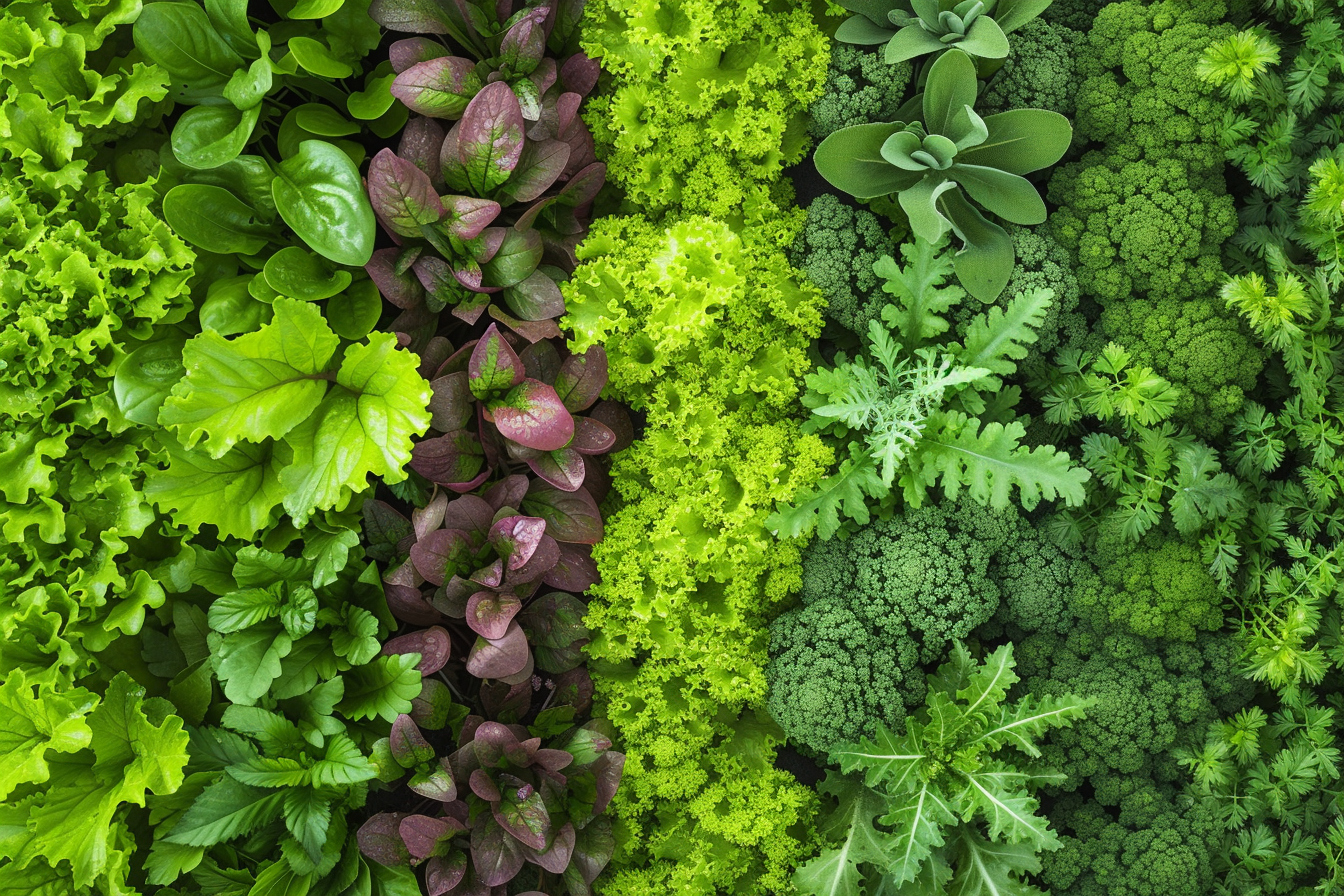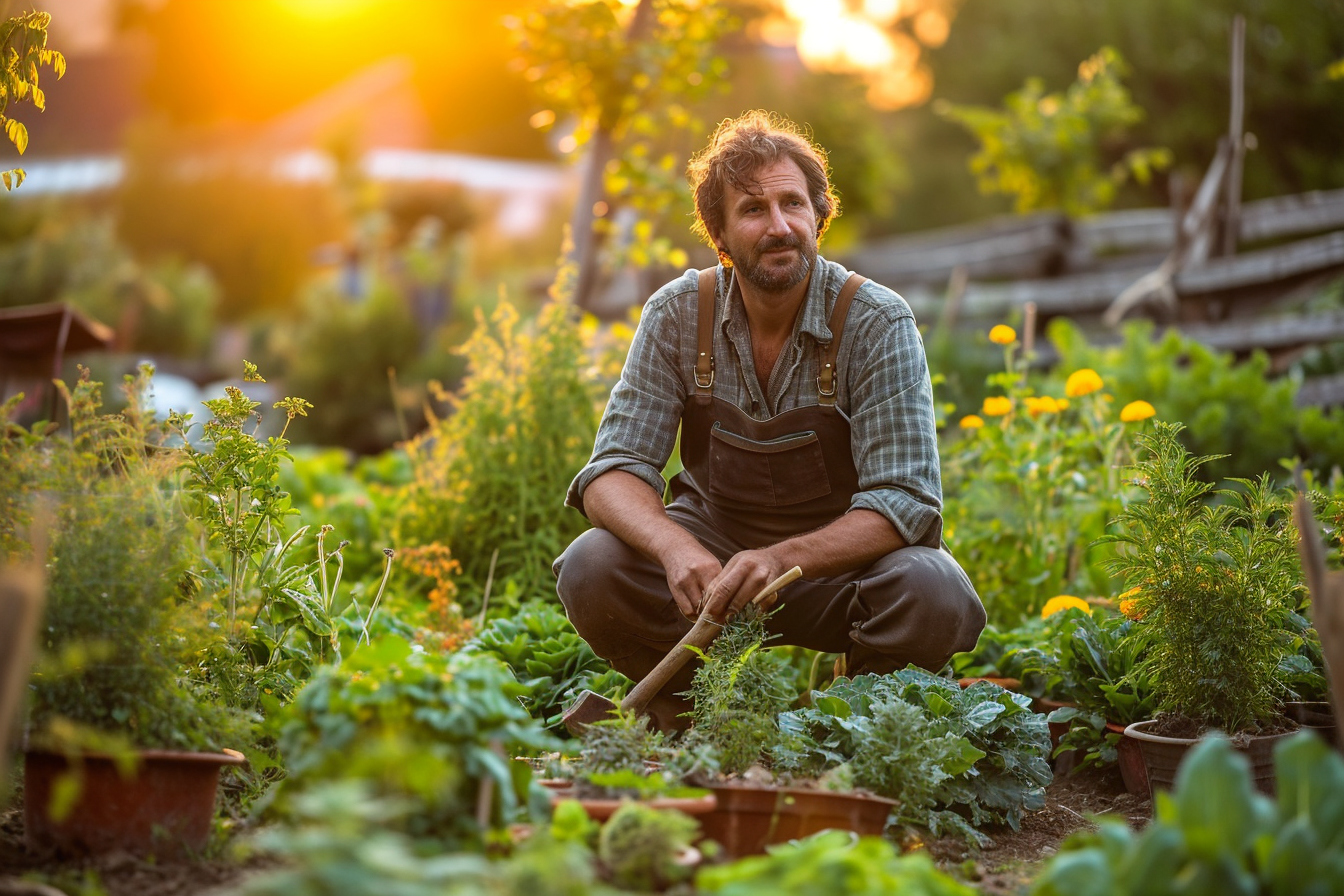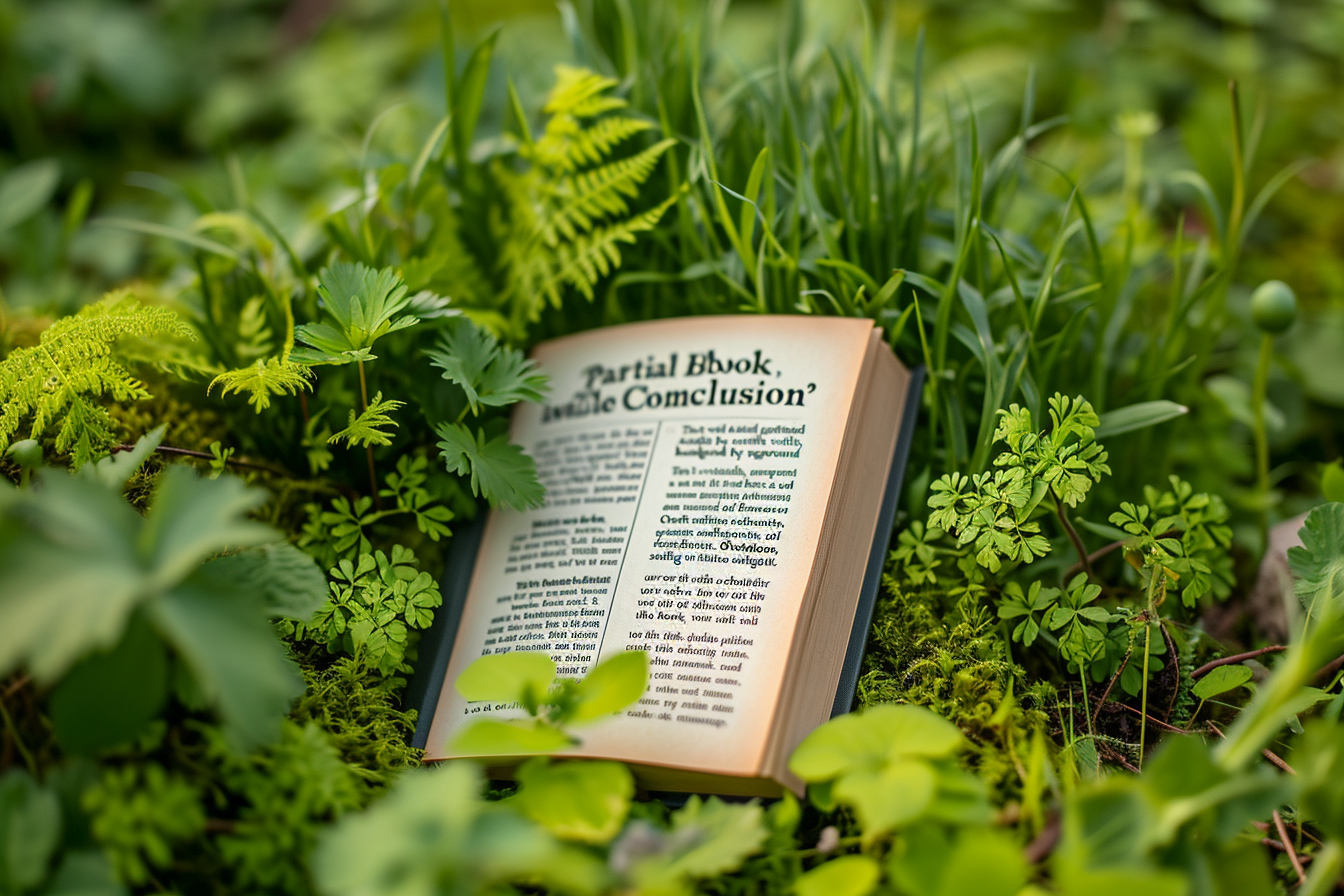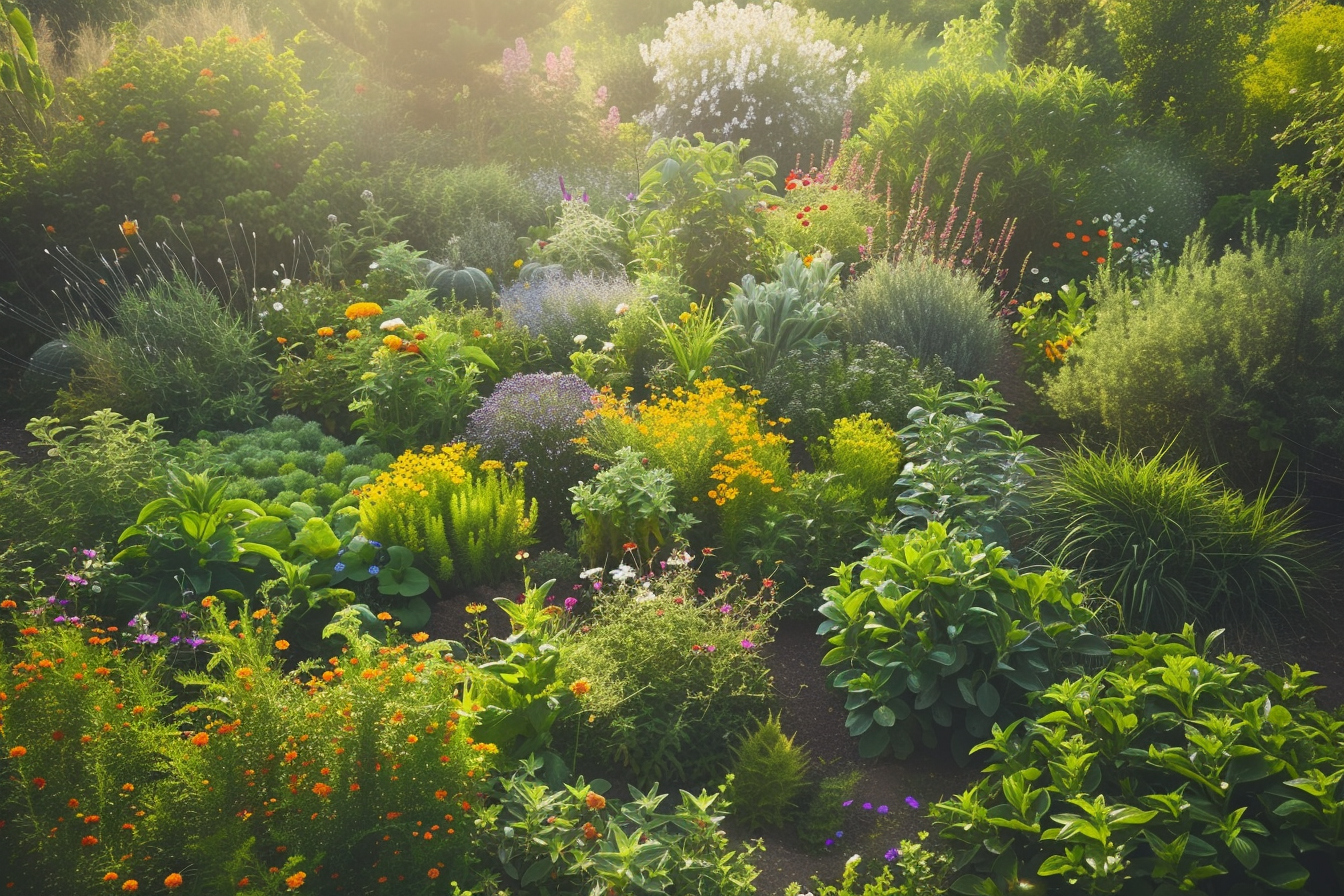Imagine a green space where nature and gastronomy meet. A wild edible plant garden is a concept that is gaining popularity among gardening enthusiasts and foodies. It is an aesthetic and functional place, where biodiversity and healthy food coexist. This article reveals precise techniques and practical advice for successfully developing this type of garden, both in its design and in its creation.
Developing a detailed plan
 First of all, establish a detailed plan is a fundamental step. Determine the available space and environmental conditions, such as sunlight, soil quality and the presence of water sources. A rigorous analysis of the terrain will guide the selection of appropriate species.
First of all, establish a detailed plan is a fundamental step. Determine the available space and environmental conditions, such as sunlight, soil quality and the presence of water sources. A rigorous analysis of the terrain will guide the selection of appropriate species.
Study the local flora
Opt for native plants, as they are better adapted to local climatic conditions and require less maintenance. List edible varieties in your area and learn about their flowering times, potential height and specific needs.
Design varied spaces
In the plan, create various micro-habitats. For example, combine semi-shaded areas with species that tolerate less sun. You can also think about humid spaces for plants with special water needs.
Preparing the land
Amend the soil is an essential prerequisite for giving plants a good start. Have your soil tested for pH and nutrient levels, then adjust conditions according to the specific needs of your chosen plants.
Opt for permaculture
Integrating the principles of permaculture allows you to create a sustainable ecosystem. This involves the creation of cultivation mounds, which promote drainage and biological diversity, and mulching methods to conserve humidity and reduce the growth of weeds.
Selection and planting of species
Choose species carefully is a key moment in the design of a wild edible plant garden. Balance your selection between annuals, biennials and perennials to ensure year-round productivity and aesthetic interest.
The cohabitation of species
The formation of synergy between plants is an asset. So, planting certain vegetables alongside aromatic herbs can help keep pests away while enriching the flavor of the harvest.
Introduce honey plants
The introduction of honey-producing flowering plants attracts pollinators, essential to biodiversity and fruiting. These plants, like thyme or lavender, also bring color and pleasant aromas to the garden.
Water Management
Water management is a vital component. Consider creating a rainwater harvesting system for eco-friendly watering. Installing drip irrigation or organic mulch allows you to reduce the frequency of watering while conserving soil moisture.
Create water points
The development of small ponds or ponds can attract beneficial species to the garden, such as frogs or dragonflies, which regulate populations of harmful insects.
Integration into the landscape

A garden of wild edible plants must fit harmoniously into the landscape. Use natural materials, such as wood or stone, to mark off areas or create trails. Design spaces conducive to relaxation or contemplation, inviting visitors to immerse themselves in this biotope teeming with life and flavors.
Consider the aesthetic aspect
Ensure aesthetic appearance by paying attention to colors, shapes and textures. Using plants at different heights creates relief and movement, making the garden visually captivating all year round.
Ecological maintenance
Maintaining a wild edible plant garden requires an ecological approach. Avoid chemical pesticides and herbicides. Favor biological control methods and natural products such as plant manures to prevent diseases and encourage a healthy garden.
Promote biodiversity
Encourage self-seeding and allow certain species to propagate naturally. This approach facilitates the creation of a resilient and balanced garden that evolves and diversifies over time.
The integration of animals
Including animals, like chickens or bees, can help with pollination and garden fertility while providing fresh, local produce. Ensure a safe habitat and environment for them.
Provide refuge areas
Woodpiles, dense hedgerows and insect hotels are excellent refuges for wildlife and encourage a natural balance between predators and pests.
Harvesting and using plants
Patience and observation are the keys to a successful harvest. Learn to recognize the optimal time to pick each species to enjoy the best taste quality.
Create interactivity
Sharing the knowledge and benefits of the garden with the community can be enriching. Organizing guided tours, cooking or botany workshops allows you to pass on the passion for this type of culture and inspire others to take this green path.

A garden of wild edible plants offers a multitude of benefits both for the ecosystem and for human well-being. It is a refuge of biodiversity that nourishes the body and mind. By following these practical techniques and tips, you will be able to create and maintain a space where wilderness and edible culture meet in perfect harmony.
This fragment of Eden is a lasting legacy for future generations, a living testimony that nourishing the earth and eating healthily are commitments that come together on a daily basis. Creating such a garden is a rewarding adventure that begins with a seed of curiosity and is cultivated with passion and respect for nature.












